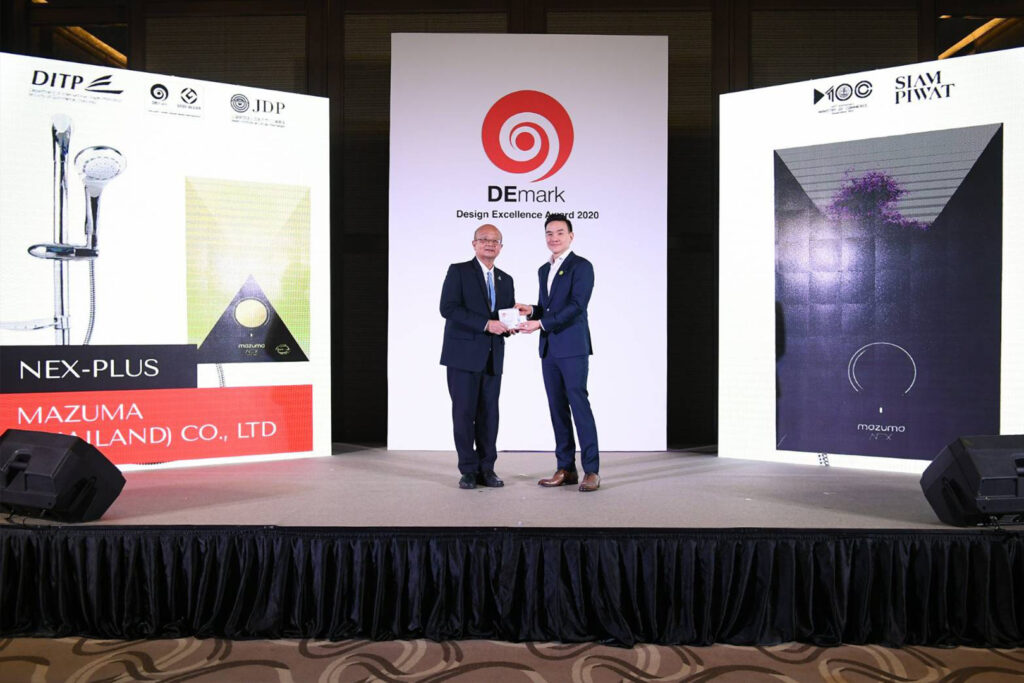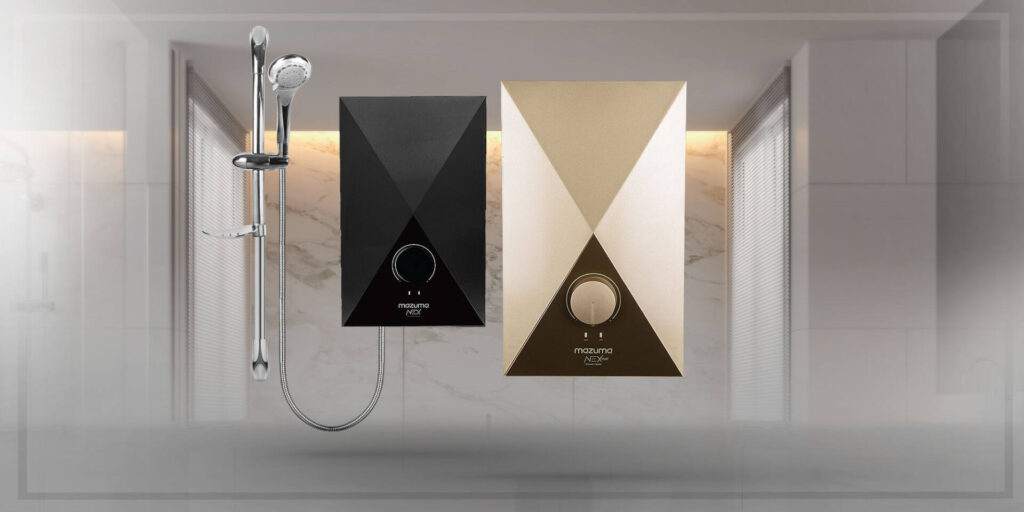“กระทรวงพาณิชย์” ต่อยอดแบรนด์ไทย สร้างความได้เปรียบด้านภาพลักษณ์สู่ตลาดสากลด้วย “DEmark”

สำนักส่งเสริมนวัตกรรมและสร้างมูลค่าเพิ่มเพื่อการค้า กรมส่งเสริมการค้าระหว่างประเทศ กระทรวงพาณิชย์ จัดพิธีมอบรางวัล สินค้าไทยที่มีการออกแบบดี ปี 2563 หรือ Design Excellence Award 2020 (DEmark) เพื่อส่งเสริมผลงานที่โดดเด่นด้านการออกแบบ และยกระดับสินค้าไทยให้ เป็นที่ยอมรับแพร่หลายในตลาดโลก

นายสมเด็จ สุสมบูรณ์ อธิบดีกรมส่งเสริมการค้าระหว่างประเทศ กล่าวว่า ”รางวัล Design Excellence Award” (DEmark) มีที่มาจากรางวัล Prime Minister’s Export Award ( PM Export Award) ในสาขา Best Design มีการพัฒนามาสู่การพิจารณาให้รางวัลสินค้าที่มีการออกแบบดี โดยจัดให้มีการประกวดอย่างต่อเนื่องถึงปัจจุบันเข้าสู่ปีที่ 13 และได้รับการตอบรับในการเข้าร่วมโครงการ จากผู้ประกอบการเป็นอย่างดี เป็นการกระตุ้นให้เกิดการพัฒนาผลิตภัณฑ์ด้านการออกแบบสินค้าให้มีมูลค่าเพิ่ม เกิดการยอมรับและแข่งขันได้ ในปีนี้ทางกรม ได้พิจารณาแจกรางวัลในโครงการนี้ จำนวน 72 รายการ จากผู้ประกอบการในสาขา ต่าง ๆ ที่ได้รับรางวัล นับว่าโครงการนี้ประสบความสำเร็จในการช่วยผลักดันผลงานออกแบบไทยออกสู่สายตาของตลาดสากลมาได้อย่างต่อเนื่อง

อีกหนึ่งความภาคภูมิใจของ “บริษัท มาซูม่า (ประเทศไทย)” ที่ได้ร่วมประกวดกับโครงการ Design Excellence Award 2020 และได้รับรางวัลในกลุ่มสินค้าอุตสาหกรรมและดิจิทัล โดยคุณวฤธ ดุรงค์เดช (รองกรรมการผู้จัดการ) ได้รับเกียรติขึ้นรับรางวัล DEmark Award 2020 ในประเภทกลุ่มสินค้าอุตสาหกรรมและดิจิทัล จาก นายสมเด็จ สุสมบูรณ์ อธิบดีกรมส่งเสริมการค้าระหว่างประเทศ ภายในงาน พิธีมอบรางวัลสินค้าไทยที่มีการออกแบบดี ประจำปี 2563 (DEmark Award Ceremony 2020) ณ โรงแรม Hilton สุขุมวิท 24 กรุงเทพฯ

โดยรางวัล DEmark Award 2020 เป็นเครื่องการันตีในความเป็นที่สุดของผลิตภัณฑ์ที่คิดค้นนวัตกรรมและการออกแบบมาให้ตอบโจทย์ผู้บริโภคอย่างแท้จริงของเครื่องทำน้ำอุ่น Nex Plus ให้สอดคล้องกับการใช้งาน โดยเน้นให้องศาหน้าเครื่อง ทำน้ำอุ่นเอียงรับกับระดับสายตา เพื่อการใช้งานได้สะดวกมากขึ้นทั้งด้านการมองและการปรับอุณหภูมิ ที่ออกแบบโดยอาจารย์กัมพล แสงเอี้ยม อาจารย์ประจำภาควิชาสถาปัตยกรรม คณะสถาปัตยกรรมศาสตร์ มหาวิทยาลัยเกษตรศาสตร์ หลักสูตรนวัตกรรมการออกแบบผลิตภัณฑ์เชิงบูรณาการ

และระบบความปลอดภัยที่สร้างความมั่นใจได้มากกว่าเครื่องทำน้ำอุ่นแบรนด์ทั่วไป เพราะสามารถตรวจสอบการติดตั้งสายดิน ป้องกันไฟดูดเมื่อเกิดไฟรั่วและตัดกระแสไฟฟ้าทันทีเมื่อเกิดไฟรั่ว เมื่อทำงานร่วมกับระบบความปลอดภัยELCB จึงเพิ่มความปลอดภัยในชีวิตและทรัพย์สินของคุณได้อีกระดับ รวมถึงเทคโนโลยี Smart Light เพิ่มความปลอดภัยในการใช้งาน ด้วยการใส่ระบบไฟสำรอง (LED) ส่องสว่างในกรณีเกิดไฟฟ้าดับ เพื่อช่วยให้ผู้ใช้งานสามารถออกจากห้องน้ำ อย่างปลอดภัย ซึ่งเปิดตัวด้วยราคาที่คุ้มค่ากับนวัตกรรมที่ลูกค้าจะได้รับ เครื่องทำน้ำอุ่น Nex Plus รุ่น 3,500 วัตต์ ราคา 5,490 บาท และรุ่น 4,500 วัตต์ ราคา 5,690 บาท

บริษัท มาซูม่า (ประเทศไทย) จำกัด มุ่งมั่นที่จะคิดค้นและพัฒนาผลิตภัณฑ์อย่างต่อเนื่อง ภายใต้มาตรฐาน คุณภาพและนวัตกรรมที่ทันสมัย เพื่อสร้างความมั่นใจให้กับผู้บริโภค ผู้สนใจสามารถเลือกซื้อเครื่อทำน้ำอุ่น NEX Plus ได้ที่ เพาเวอร์บาย ไทวัสดุ บุญถาวร และ ห้างสรรพสินค้าเดอะมอลล์ หรือสอบถามรายละเอียดเพิ่มเติม
โทร. 02-011-1999 และที่ Line Official Account : @mazuma สามารถเข้าชมภาพผลิตภัณฑ์ได้ที่ www.mazuma.co.th
